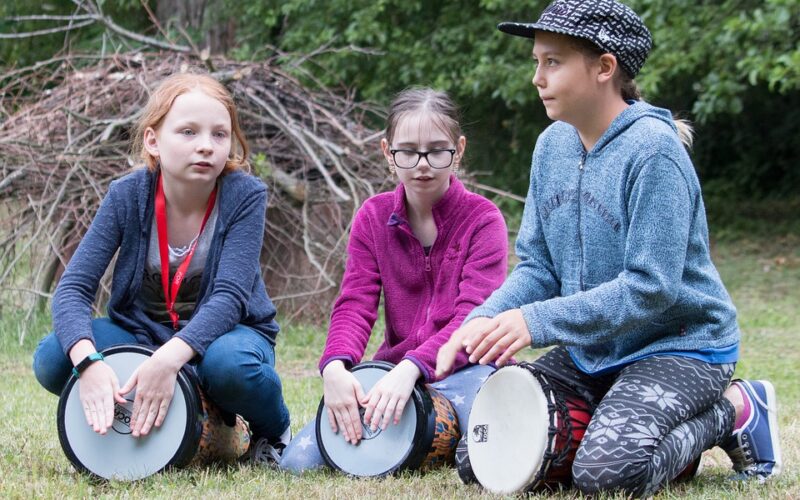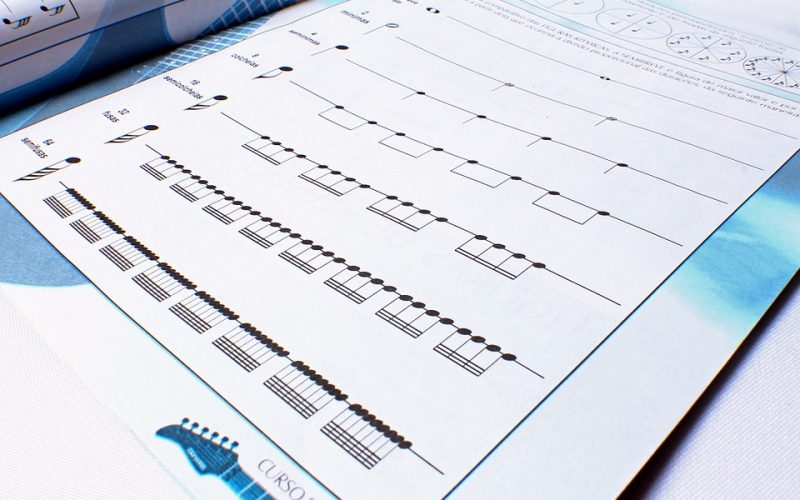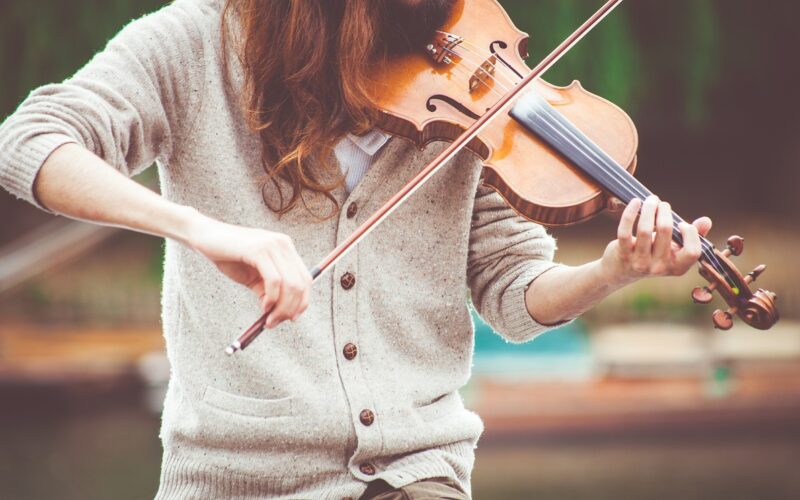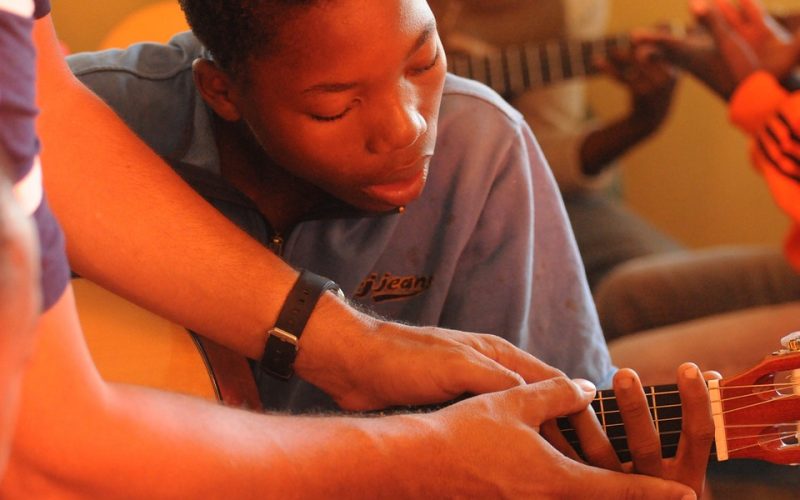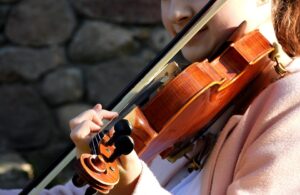Reading notes and playing a musical instrument is the dream of many students, but not all of them are talented in that particular direction. For them, reproducing even a simple song on an instrument might be a major undertaking. While they might not enjoy playing an instrument, learning music appreciation in many different forms can still be an excellent way to enhance their education. Music comes in many formats, and it helps connect students with the past, the future, and even other cultures.
Drums are often a basic musical component of many societies, and students can be taught to recognize them by the notes they can produce when struck. Larger drums sound the deepest notes, and smaller ones run up the scale. Even learning this much about a particular class of instruments can help students begin their journey in appreciating how music is produced by cultures all around the world.
Reeds grow almost anywhere there is shallow water, so there should be little mystery as to how and why most cultures have found ways to incorporate them into their musical instruments. Blowing air past a reed creates a particular sound, and closing off air holes along the length of the tube varies the musical notes. Reeds are often used in large orchestras in many cultures, but they can be an individual sound for a single player in a small community. Accompanied by one or more drums can be the entire musical accompaniment to a small village in many parts of the world.
The voice is often the first sound humans identify, and their range of notes and emotional content is considered essential to the musical repertoire of some cultures. Vocal arrangements can be very complex even in places where only simple musical accompaniment is available, and harmonies can run all through the scale. Learning to appreciate the voice in song is a basic of music appreciation.
